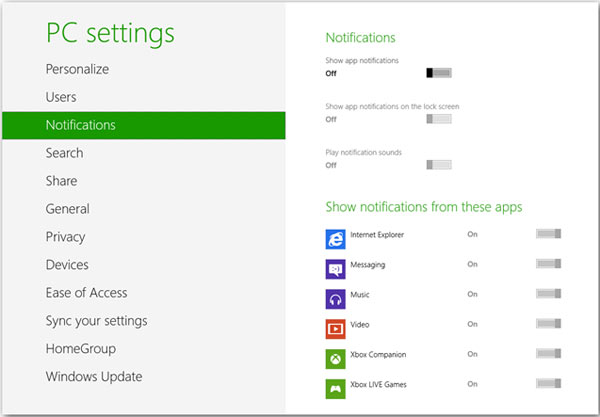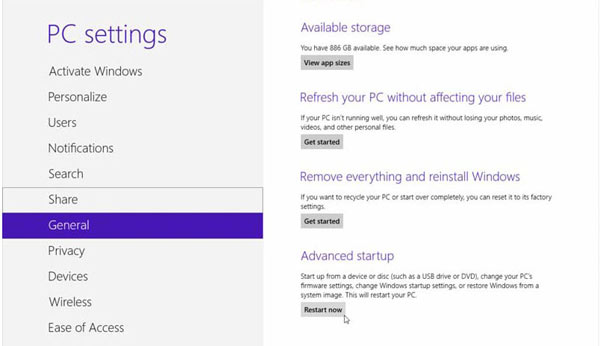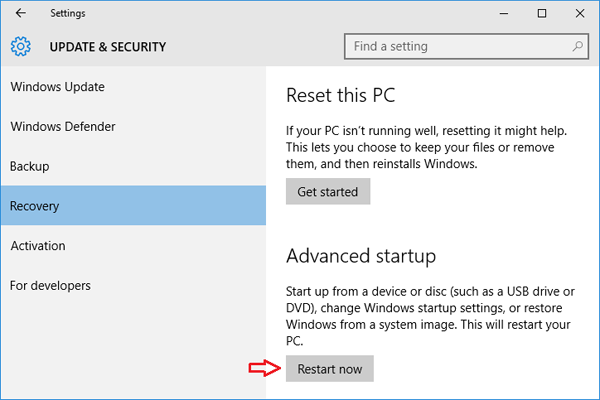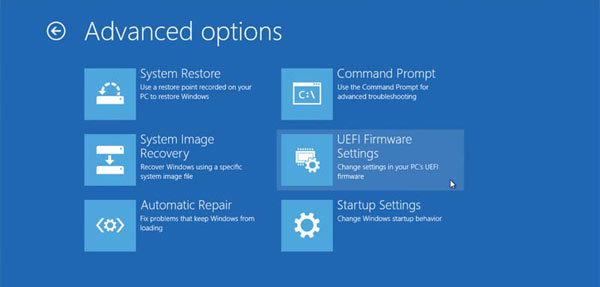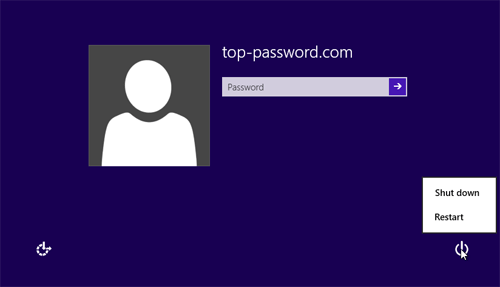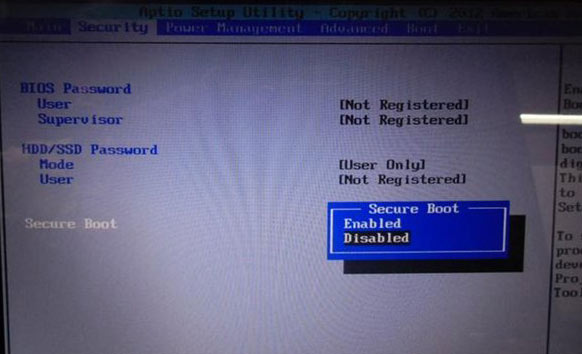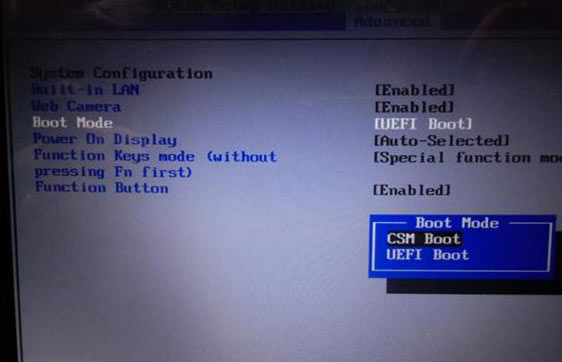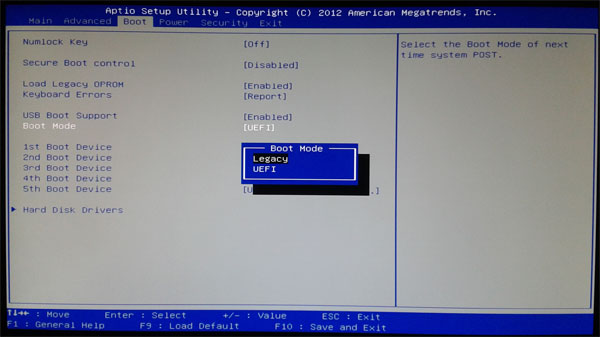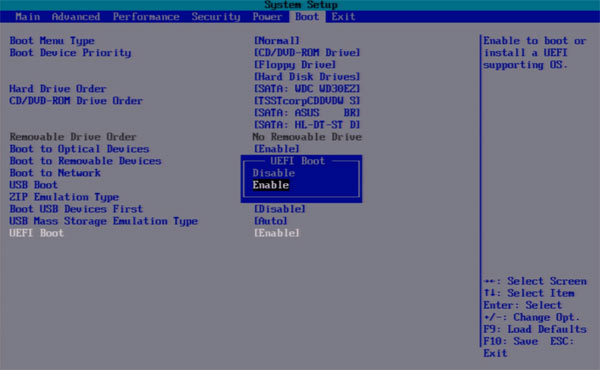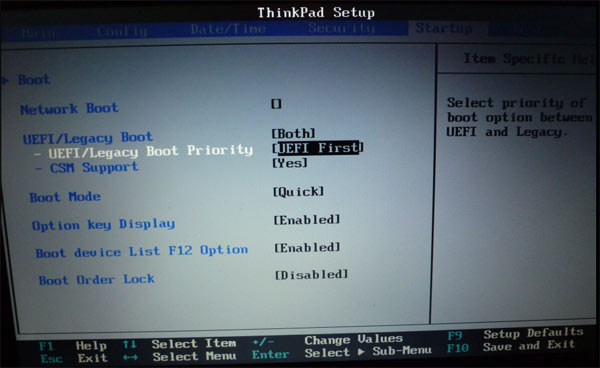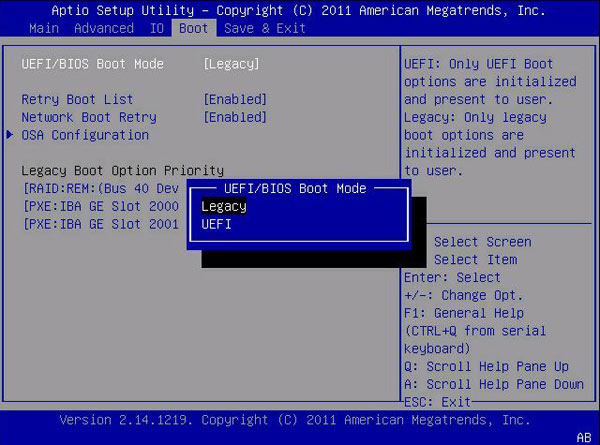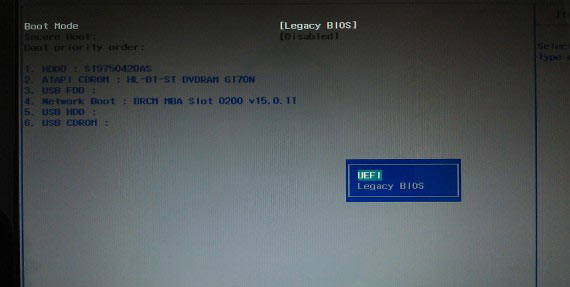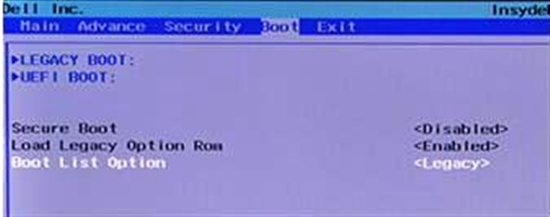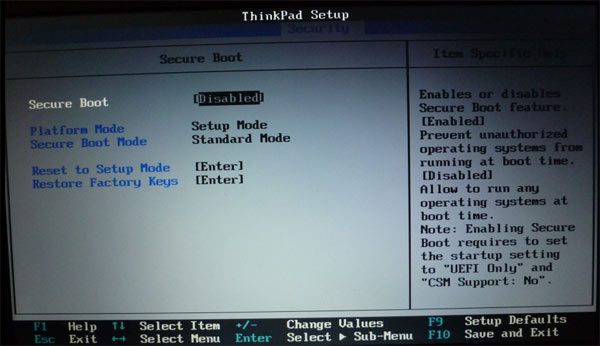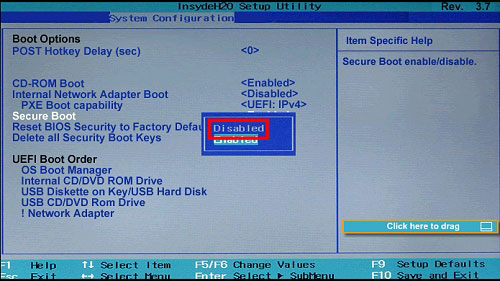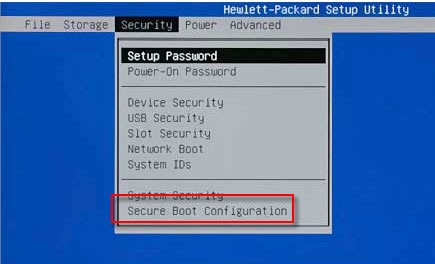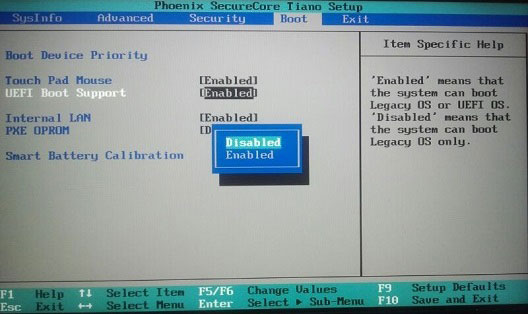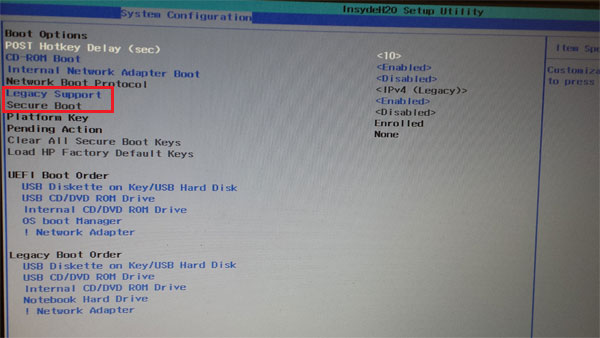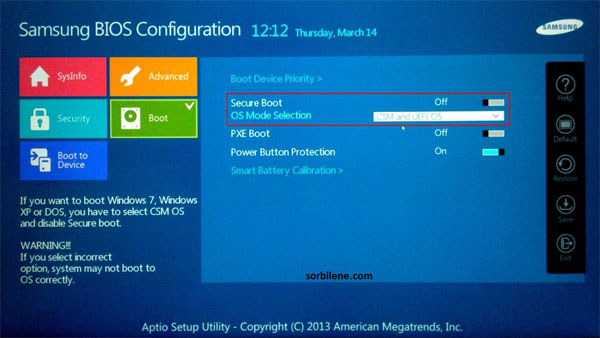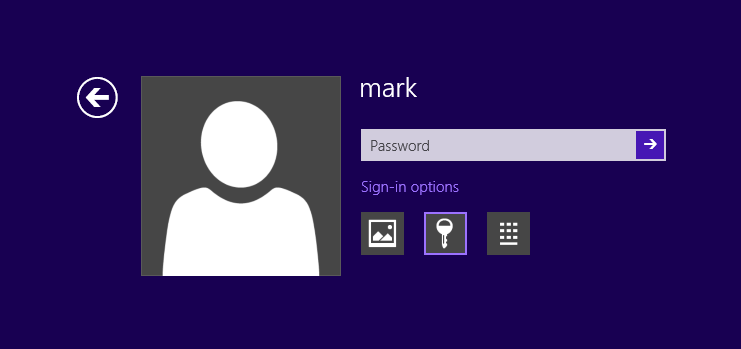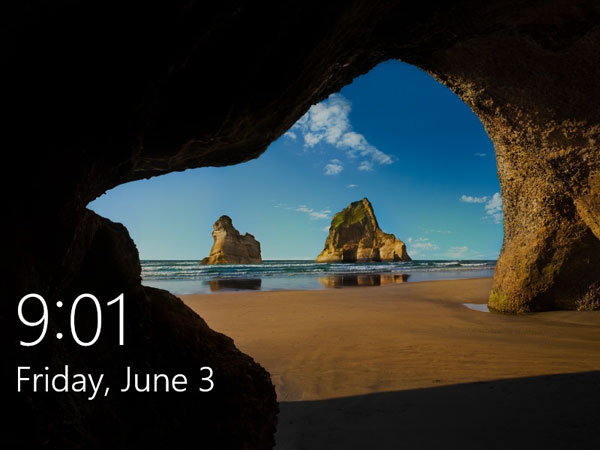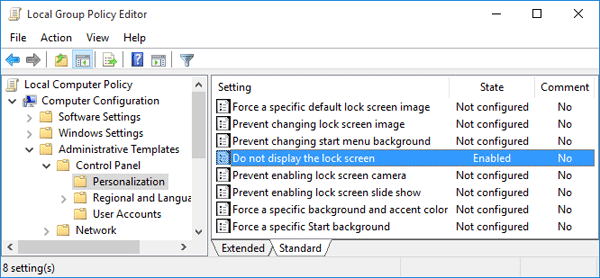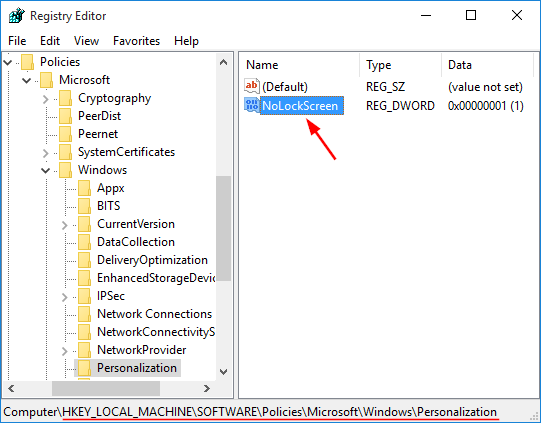I got a brand new Windows 8 machine, installed the operating system, created one account and forgot its password. What can I do? I already tried to remember passwords and tried all candidates with all possible combinations but no luck. Is there any way to remove the password without re-installing Windows 8?
Forgot Windows 8 account password and you are locked out of your computer? Getting into a password-protected computer can be a lot easier than you think. You don’t even have to be computer savvy! In this tutorial we’ll show you how to remove Windows 8 password with a CD or USB drive in case you lost or forgot the login password.
How to Remove Windows 8 Password When You are Locked Out?
First, you need an alternative computer with CD burner and a blank CD in order to make a bootable Windows 8 password reset disk. To do that download the Reset Windows Password utility, unzip the download file and you’ll get an ISO image: ResetWindowsPwd.iso. Burn the ISO image to a CD using your favorite CD burning software. If you don’t have a CD burner, let’s say you have a netbook PC, then you can do a Windows 8 password reset USB instead.
After you have created a bootable Windows 8 password reset disk or USB as mentioned above, go and boot the Windows 8 PC you want to reset its password with this reset disk or USB. Once the PC starts to boot, it will load the operating system inside the password reset disk and launch the Reset Windows Password program.
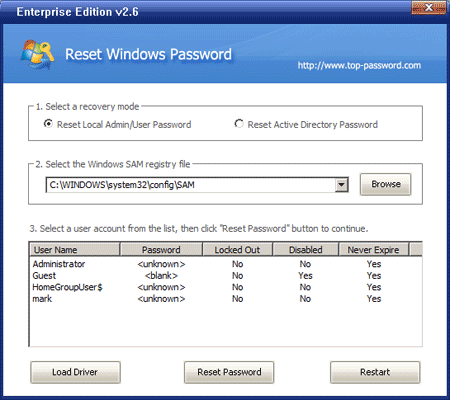
Choose a user account and then click on Reset Password button. It will remove your forgotten Windows 8 password and unlock the user account immediately.
Now take out the password reset disk and restart the computer. You can then log in to Windows 8 without being asked to enter a password. No need to worry about data loss when you forgot Windows 8 password or you are locked out. Just follow the instructions above carefully you can remove Windows 8 password quickly and easily.
